Search
Search Results
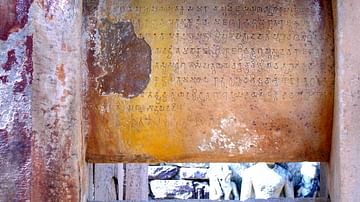
Image
Sanchi Inscription of Chandragupta II
This is the image of an inscription located at the great stupa at Sanchi, Madhya Pradesh, India. It belongs to the year 412-13 CE, in the period of the Gupta Emperor Chandragupta II (c. 375 - c. 414 CE) and mentions his name in the text...
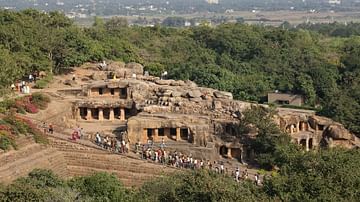
Image
Udayagiri Caves, Madhya Pradesh
The Udayagiri caves in Madhya Pradesh, India. The rock-cut caves were constructed in the early Gupta Period (4th century CE) and functioned as Hindu shrines.
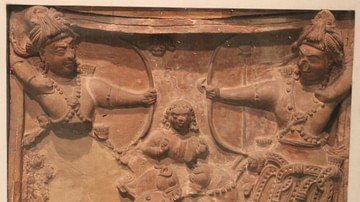
Image
Chariot Warriors in Ancient India
This sculpture made during the Gupta period (3rd century CE to 6th century CE) shows a scene from the Mahabharata. Here, two elite warriors riding their war chariots are seen engaging each other in an archery duel. The body of the chariot...
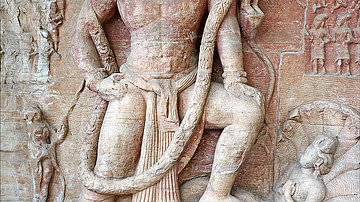
Image
Vishnu as Varaha, Udayagiri Caves
A sculpted panel at the Gupta-period (4th-6th century CE) caves of Udayagiri, Madhya Pradesh, India. The caves are rock-cut Hindu shrines and this panel shows Vishnu as the boar-headed incarnation Varaha. The god rises from the cosmic waters...

Definition
Gandhara Civilization
The Gandhara Civilization existed in what is now Northern Pakistan and Afghanistan from the middle of the 1st millennium BCE to the beginning of the 2nd millennium CE. Although multiple major powers ruled over this area during that time...

Interview
Interview: UNESCO Archives Digitization Project
Ancient History Encyclopedia has partnered with the UNESCO Archives, which we are very excited about. Our mission aligns very much with UNESCO, wanting to bring about peace and international understanding to the world through cultural heritage...

Image Gallery
9 Maps on Indian History
In this gallery, we examine the Indian subcontinent through nine maps to illustrate the region's history and rich tapestry of diverse cultures, civilizations, and pivotal events spanning millennia. The Vedic period established the groundwork...

Video
Ruins of the Buddhist Vihara at Paharpur (UNESCO/NHK)
Evidence of the rise of Mahayana Buddhism in Bengal from the 7th century onwards, Somapura Mahavira, or the Great Monastery, was a renowned intellectual centre until the 12th century. Its layout perfectly adapted to its religious function...
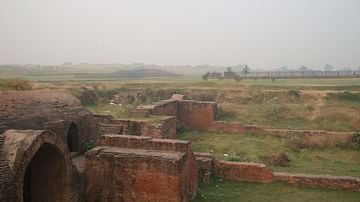
Definition
Pushyabhuti Dynasty
The Pushyabhuti Dynasty (c. 500 CE - 647 CE) rose after the downfall of the Gupta Empire (3rd century CE - 6th century CE) in the 6th century CE in northern India. Also known as the Vardhana or Pushpabhuti Dynasty, the core area of their...
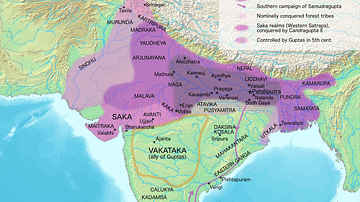
Image
Extent of the Gupta Empire, 320-550 CE
This map shows conquests made by emperors of the Gupta dynasty in the 4th century CE and early 5th century CE. Of these three rulers—Chandragupta I (320 – 335 CE), Samudragupta (c. 335 – 375 CE) and Chandragupta II (c. 380 – 414 CE)—Samudragupta’s...